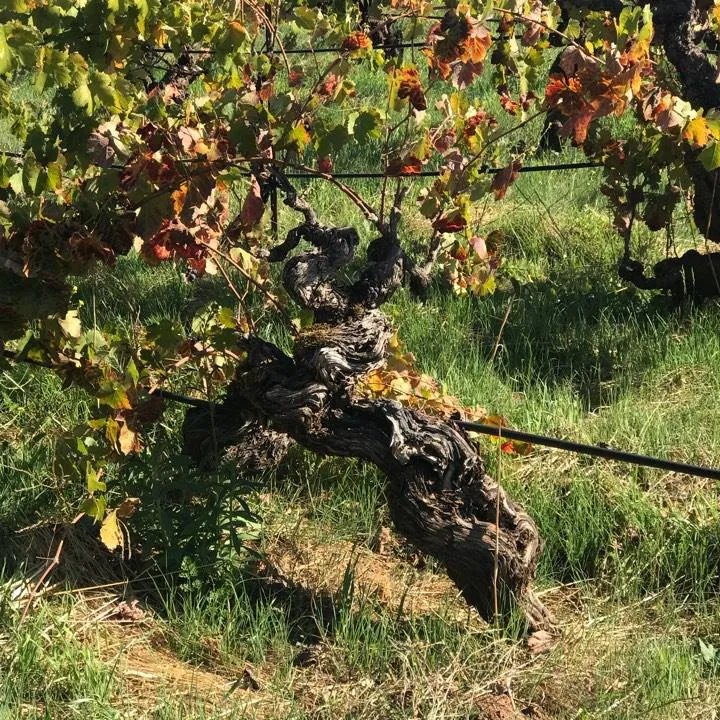
Evaluating the Impact of Old Vines
Within the wine industry, there is widespread belief that old vines produce better wines, and thus many producers are demanding a higher price for their Vieilles Vignes wines. Interestingly, many legendary wines, such as Chateau Montelena's 1973 Chardonnay, were produced not from old but from young vines. The common, yet anecdotal, justification is that old vines produce lower yields and smaller berries, thus more concentrated juice. Additionally, the roots of the plant extend deeper into the soil, which gives them access to more nutrients and minerals, and promotes the valuable mycorrhizae impact—that is, the way fungi interact with the roots of the vine and the role they play in the soil. So, what initially seems a rather straightforward assumption is actually a very complex topic: firstly, there is no official definition of “old vines,” and secondly, the assessment of quality is quite subjective. If one also includes the lack of scientific evidence to support this theory, and the fact that no mechanism of action is known, it becomes even more complicated.
Defining Old Vines
Subscribe to Continue Reading
This premium blog post is restricted. Subscribe to get access to all blog posts and unlock our complete library of Greek wines, varieties, and expert insights.
- Email updates (1–2 / month)
- Access to free posts
- 1 featured article unlocked every month
- Special subscription offers
Aficionado
For enthusiasts and trade professionals who want full article access
Subscribe Now- Full access to all subscriber-only posts
- Full access to wine reviews and grape varieties sections
- Executive summaries for major features/reports
- Reliable, focused information on Greek wine, in an international voice
Aficionado Premium
For advanced readers, sommeliers & buyers needing deep documentation
Go Premium- Everything in Aficionado, plus:
- Full access to all Reports (6 to date)
- Access to approximately two new reports per year
- Executive summaries for major features/reports
- Reliable, focused information on Greek wine, in an international voice
Professional
For importers, retailers, restaurants, producers, and trade press
Get Professional- Everything in Aficionado Premium, plus:
- Publication rights for reviews and short tasting notes (up to 50 words)
- Article excerpt rights (up to 120 words, up to 3 excerpts/month)
- Priority support (email) for usage/attribution questions
- B2B invoicing with VAT
- Mandatory attribution required with active link where possible
Already have an account?
Sign in here